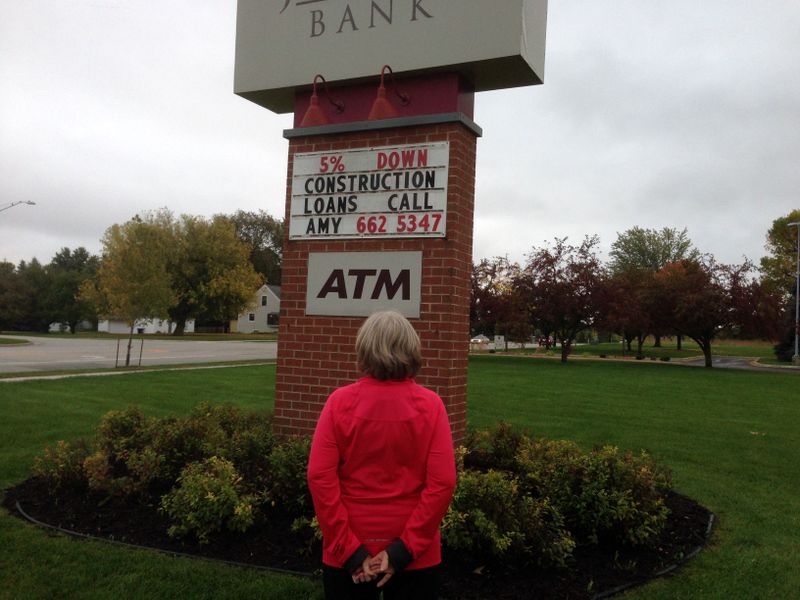Reader Question: How can I compare the cost of financing from different lenders?
Monty’s Answer: Comparing the cost of mortgage loans is a challenge for most mortgage shoppers. Even when you think you have the answer, new information appears, and you are back to square one. Here are ten facts to help you lock-in the right loan:
- Interest rates change daily – Lenders interest rates are calculated on indexes such as the Prime Lending Rate or LIBOR. These rates move up and down daily.
- Annual Percentage Rate (APR) calculations are not accurate – The formula for calculations assumes the entire term of the amortization. If amortization is thirty years and you relocate in three years the actual APR is greater than stated by the lender.
- The type of loans must be the same when making comparisons – Compare two fixed rate mortgages not a fixed rate and an adjustable rate mortgage (ARM).
- Private Mortgage Insurance (PMI) is included in the APR calculation – When less than a twenty percent down payment is made on the home, lenders require PMI.
- No lender has the best rate and terms at all times – Lenders source of funds are constantly circulating, and rates change often. When funds committed at a certain rate are lent, rates change.
- There are different types of mortgage lenders – Commercial banks, thrift institutions, credit unions, mortgage brokers, online lenders and more. All must follow the HUD rules, but they all operate differently. They may or may not have a fiduciary relationship with you.
- There are different types of mortgage products – Fixed rate, adjustable rate, balloon mortgages, reverse mortgages, government assisted VA and FHA loans, rural loans, rehab loans and others.
- The interest rate and monthly payments are not the whole story – Various closing costs can impact your out-of-pocket costs or monthly payment significantly. Always ask for dollar amounts and not percentages when gathering all the expenses.
- Other costs incurred in obtaining a mortgage may be added to the mortgage – If the debt to income ratio is good, many lenders will add closing costs to the mortgage loan.
- Credit score issues impact quoted interest rates – A spotted payment history, excessive income to debt ratios and other factors may mean a higher interest rate.
The preceding background material sets the stage for you to start shopping with a good overview of considerations in the process of identifying potential lenders and comparing their pricing and products
Gathering the information to compare
For consumers who want to understand the details of the mortgage costs, to make an apples-to-apples comparison, have a checklist to follow to ensure you have asked the right questions. Here is an article from the Federal Trade Commission of the questions to ask. Most loan originators appreciate a consumer asking these questions. Lenders have a preliminary worksheet to give potential borrowers an idea of the various costs and payments involved when they inquire about a loan. Lenders are required to furnish you with a written loan estimate (LE) within 3 days of applying for a mortgage loan. Then three days before closing you receive the closing disclosure statement that documents the final settlement. Your good questions are an indication you will be a good customer, so do not be shy. Ask away.
Using the APR to your advantage
Use an online calculator as you can save time. If you use multiple sites, you may get different results as the calculators may use different formulas. Remember this is a simple formula to determine a cost comparison between identical type products. An APR calculation does not include a more sophisticated time-value-of-money (TVM) calculation. Knowing the APR formula has limitations does not prevent you from making fair comparisons. Type <annual percentage rate calculator> into your search bar to view calculator choices. Click on one to get started.
Calculating the data
Calculatorsoup.com came up first with our search results. This calculator has eight boxes that you type the information you have gathered. The boxes are loan amount, interest rate, compounding factor, payment frequency, the number of payments, non-finance charges, finance charges and prepaid finance charges.
Input the answers you obtained using the checklist into the designated boxes in the calculator and you will be furnished an APR. Input as many different lender responses as you want. Consider a minimum of three lender checklists to garner three different APRs.
Now, negotiate from strength
Taking the time to understand and assemble this information provides you considerable negotiating power. Many lenders will negotiate. Now use this information to put those skills to work.

